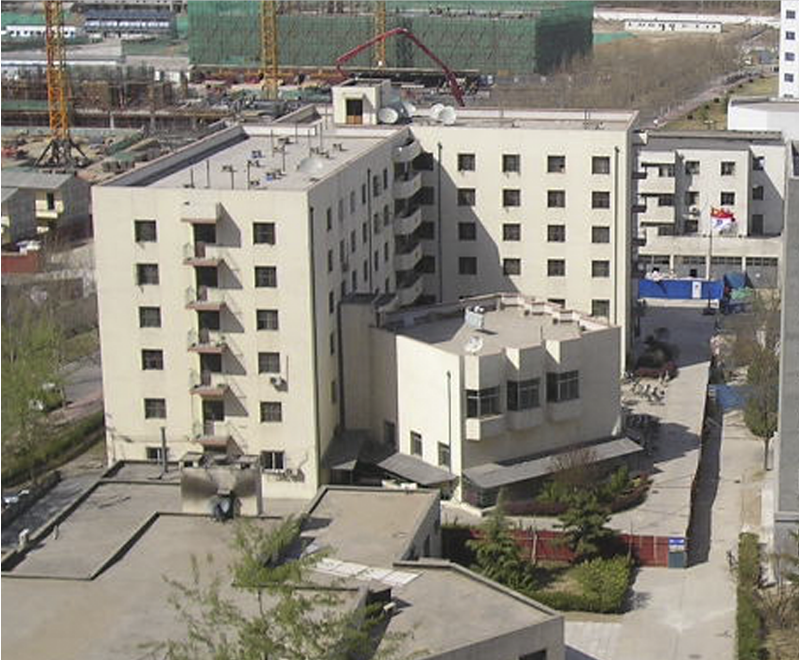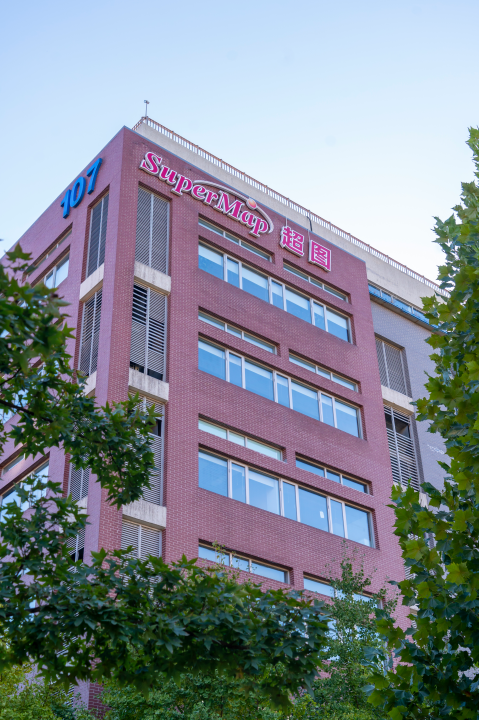To read the first article of the series, please click: The Sprout of Youth——SuperMap’s Growth Stories (Ⅰ)
Time: 1997
Location: North Suburb Student Apartment Building, Chinese Academy of Sciences
Employees: <10
While participating in the development of the "Hong Kong Comprehensive Geographic Information System" and the "Nanning Land Management Information System," Zhong Ershun became increasingly aware of the enormous potential of China's GIS market. Moreover, China was not lacking in talented individuals, and under the socio-economic conditions of the time, it was entirely possible to develop excellent GIS software that address market needs.
After consideration, Zhong Ershun decided to move GIS out of the laboratory, transforming it from a specialized technology into an emerging industrial chain.
For scientific achievements to become marketable products, an enterprise-oriented operational mechanism was essential. On June 18, 1997, Zhong Ershun, Song Guanfu, and four others officially established "Beijing SuperMap Geographic Information Technology Co., Ltd." in the modest graduate student dormitory of the North Suburb Management Office of the Chinese Academy of Sciences.

"At the time, we had no startup capital. We scraped together 300,000 yuan in loans and got to work with just five or six people," Zhong Ershun recalled of the early days. From then on, "making a little progress every day" became the company's "dormitory rule".
The meaning of this rule is: quantitative change leads to qualitative change. There’s no need to rush for quick success in everything. Persisting in daily learning and accumulating knowledge step by step brings one closer to success.
Around 1997, China's GIS software industry was flourishing, with many domestic GIS products already mature and establishing brand advantages. As a latecomer, how could SuperMap avoid fierce competition and secure opportunities for survival and growth? This was a critical challenge facing the company.
Song Guanfu recalled, "Early GIS textbooks typically defined GIS as 'a computer system for inputting, storing, querying, analyzing, and displaying geospatial data.' This was a data-oriented definition, reflecting the direction of GIS applications before the mid-1990s. At the time, GIS software was mainly used for: collecting and editing data to produce digital maps; browsing and querying based on digital maps; and type-setting and map-drawing based on digital maps. As a result, desktop software for digital map editing, processing, analysis, and cartography was already highly mature. In these areas, competing software was already excellent. If SuperMap had followed the same approach in developing GIS software, there would have been no future."
SuperMap recognized that the costly production of digital maps was not just for simple browsing and printing. Among institutional users, the greater application space lay in management-oriented services for operational administration. At the same time, they saw vast development potential in products for individual users. Whether for government and enterprise management applications or public information services, GIS software technology needed seamless integration with other IT technologies, such as multimedia, office automation, and communications. This required a development platform independent of desktop systems.
Only with such an independent development platform could industry application developers create systems and products that better met the needs of governments, enterprises, and individuals. It was to address these application demands that SuperMap proposed the slogan "Integrating GIS into IT," focusing on building a development platform software.
“In the early days, developing a platform was not profitable while sacrificing many project opportunities that could have generated revenue. Without a spirit of dedication, this would have been impossible." This was Zhong Ershun's first interpretation of his "focus" strategy.
"Positioning ourselves as a GIS platform software developer requires enduring solitude. At the same time, we must resist temptation," Zhong Ershun said. In SuperMap's early years, the platform software was still in the R&D phase, with no product sales revenue, yet the company had to sustain continuous investment in core technology development.
As a result, SuperMap operated at a loss for a time, facing immense challenges. But it was this spirit of focus that brought SuperMap to where it is today.
